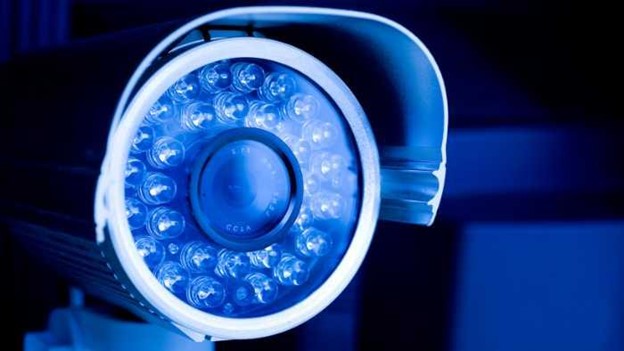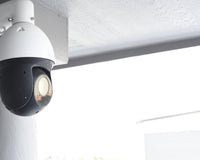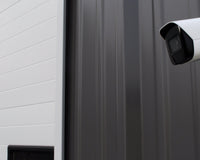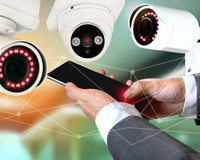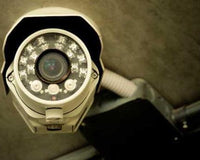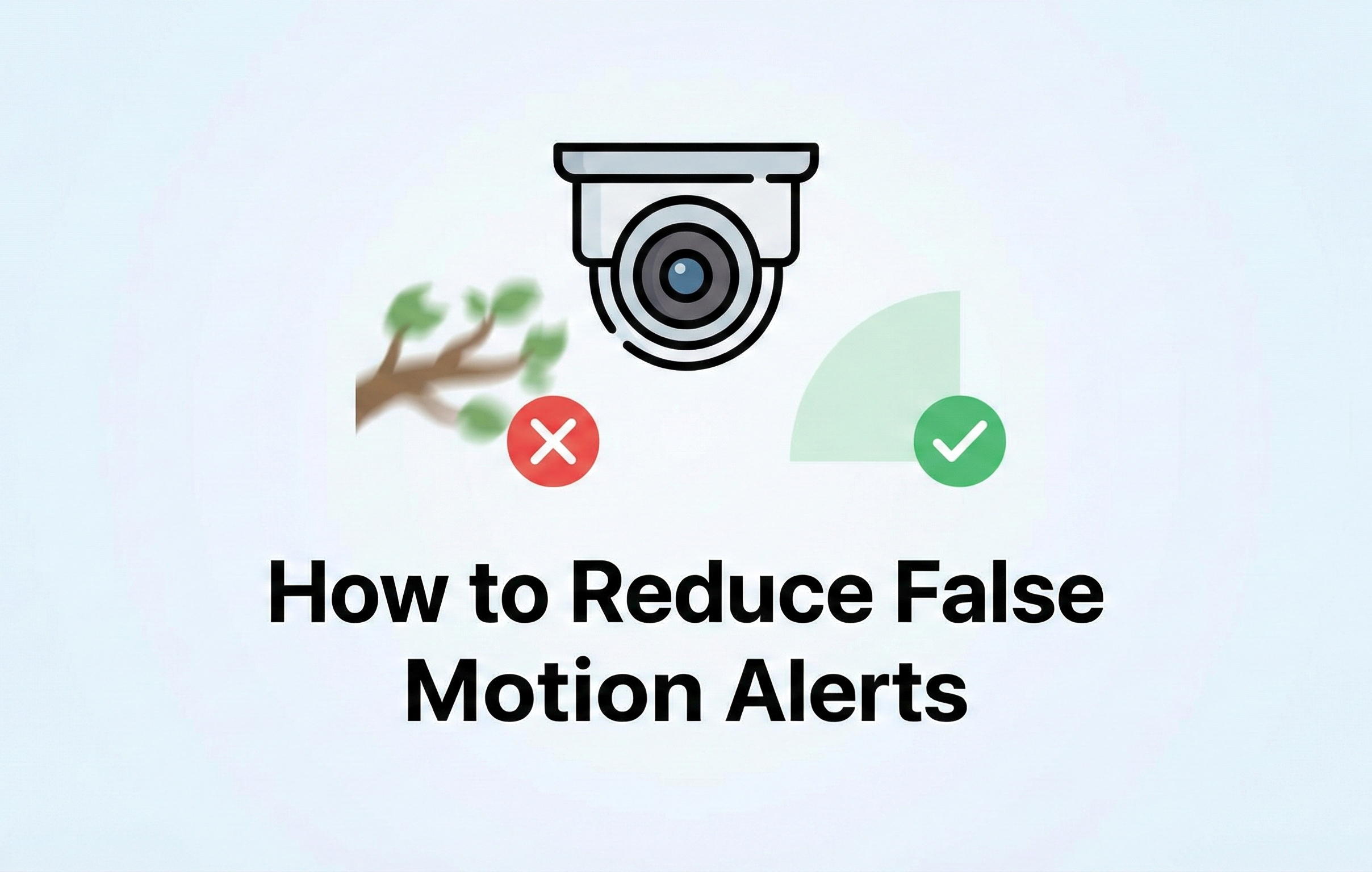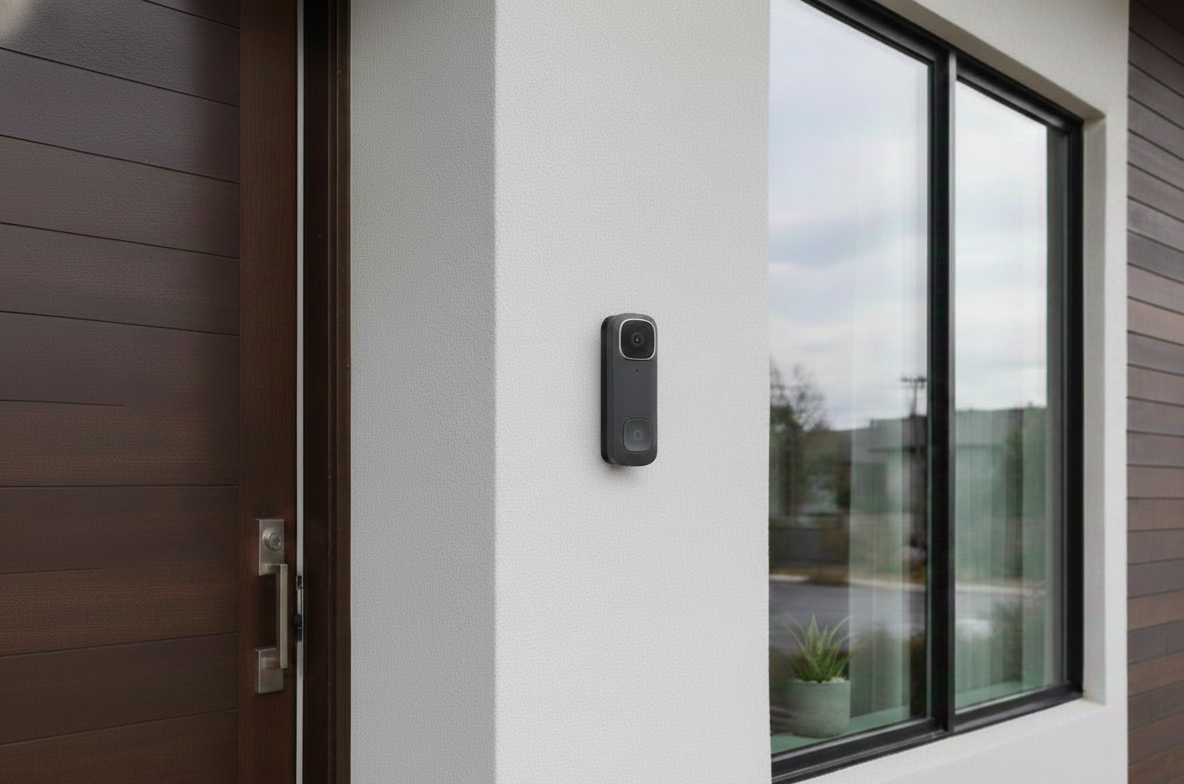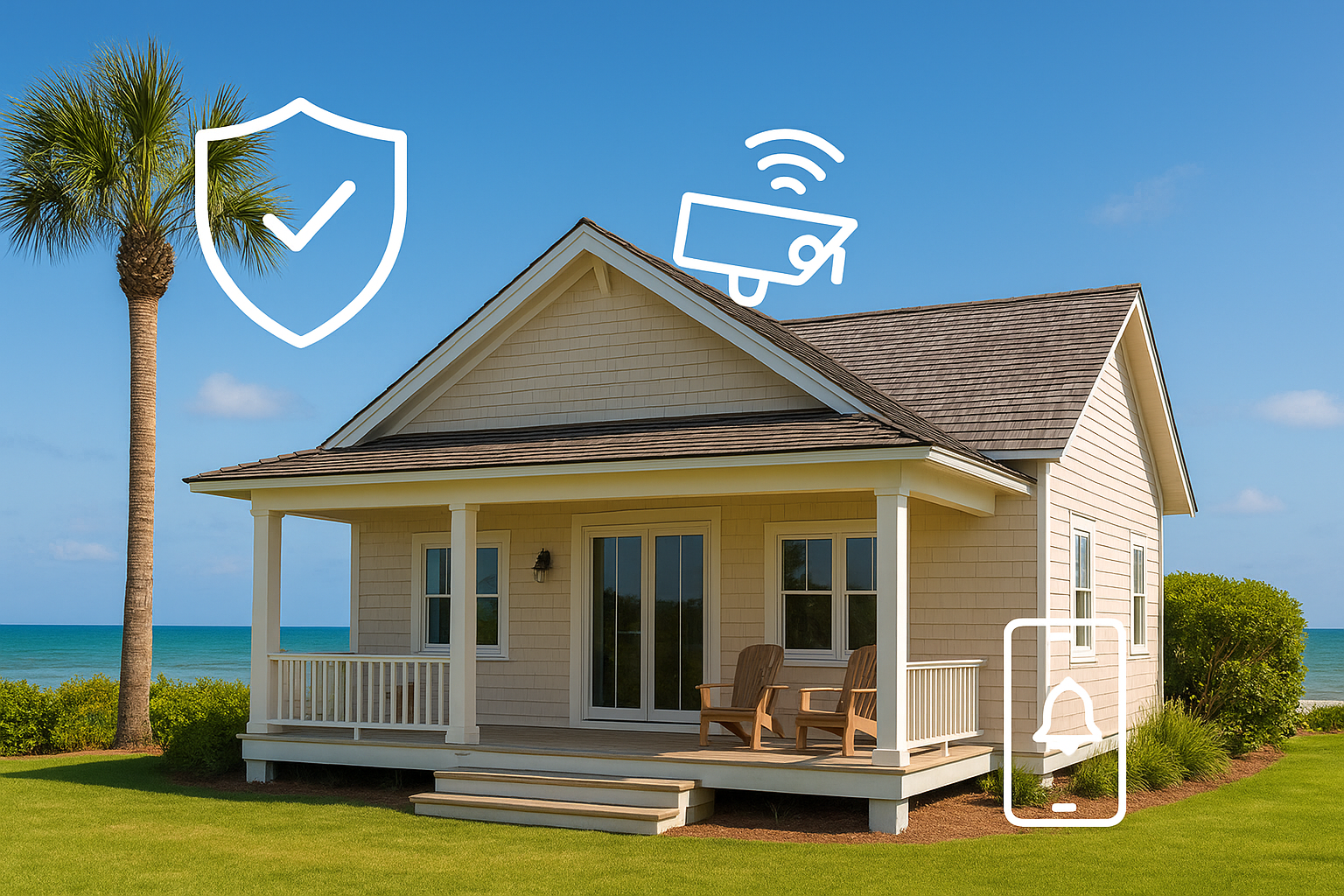If you're like most people, you want to make sure your home is as safe as possible. For many people, that means installing a security camera system.
But if your security camera system is giving you lower-quality images, it's not doing its job properly.
So why are security cameras low-quality in terms of images?
Most CCTV footage is grainy and of lower quality since to the file resolution and compression. Most security cameras are set to a low resolution in order to conserve space on the DVR or other storage devices. The lower the resolution, the more footage can be stored for a given amount of time.
Additionally, security cameras are often compressed in order to save on bandwidth, which can also reduce the quality of the images.
Read our full guide to learn more about why security cameras are lower quality and how to get the security you deserve.
Reasons For Low Quality Security Camera Images
When it comes to security cameras, many people expect high-quality video images that will help identify any possible perpetrators.
However, this is often not the case, as security cameras are typically given poor-quality video images. There are several reasons for this, including the fact that most cctv cameras are not designed for high-quality images, but rather for identification purposes.
Let's take a look at some of the reasons why your security camera system might be giving you lower quality images:
1. File resolution and Compression
The CCTV footage from security cameras is usually grainy and of lower quality because of the file resolution and internal compression.
Most surveillance equipment is set to a low resolution to save on file size, and as a result, the images are often grainy and difficult to see.
Additionally, CCTV cameras are often compressed in order to save on bandwidth, which can also reduce the quality of the images.
2. Lighting
The lighting conditions in your home or office can also impact the quality of the images from your CCTV camera. If the lighting is not good, the images might be dark and hard to see.
3. Camera Quality
The quality of the CCTV camera itself will also impact the quality of the images. If you have an older or lower-quality camera, the images might be of lower quality.
Cheaper cameras might also have lower quality lenses, which can impact the clarity of the images.
4. Camera Placement
The placement of the CCTV camera can also impact the quality of the images. If the camera is placed in a difficult-to-reach or see location, the images might be of lower quality.
Wide angle shots are perfect to get camera footage on a large area but the tradeoff is lower image quality.
5. Weather Conditions
Weather conditions can also impact the quality of the images from your surveillance camera.
For example, if it is raining or snowing, the images might be blurry or difficult to see.
6. File Format
The file format of the images from your security camera can also impact the quality.
For example, if the images are saved in a lower quality format, the images will be lower quality.
7. Age of the Security Camera System
The age of your security camera system can also impact the quality of the images.
If you have an older system, the images might be of lower quality. Modern cameras typically have better quality images than older cameras.
8. Camera Maintenance
If you do not maintain your security camera system, the images might be of lower quality.
For example, if you do not clean the lenses of your security cameras, the images can be blurry or difficult to see.
9. Interference
There might be interference from other electronic devices that impact the quality of the images from your security camera.
For example, if you have a wireless security camera, the images might be of lower quality if there is interference from other wireless devices.
10. Poor Connection
If you have a poor connection to your IP cameras, the images might be of lower quality.
For example, if you are trying to view the images from your security camera over the internet, and your internet connection is slow, the images could be lower quality.
11. Lens Quality
The quality of the lens on your security camera can also impact the quality of the images.
If you have lower quality or older lens, the images can end up of lower quality.
12. Camera Settings
The settings on your security camera can also impact the quality of the images.
For example, if you have the wrong settings, the images might be of lower quality.
13. Object Distance
The distance of the object from the camera can also impact the quality of the images.
If the object is too far away from the camera, the images might be of lower quality.
Improving The Quality Of Security Cameras
There are several things that you can do in order to improve the quality of your security camera images.
Here are some tips:
1. Increase The Resolution
One way to improve the quality of your security camera images is to increase the resolution.
Most CCTV cameras allow you to change the resolution, and by increasing it, you will get better quality images.
2. Use A Higher Quality Camera
If you are using an older or lower-quality security camera, you might want to consider upgrading to a higher-quality camera.
3. Improve The Lighting
If the lighting in your home or office is not good, you might want to consider improving it.
4. Place The Camera In A Better Location
If the placement of your surveillance cameras is not ideal, you might want to consider moving them to a better location.
5. Use A Weatherproof Camera
If you live in an area with bad weather, you might want to consider using a weatherproof camera.
This will help to ensure that the images from your security camera are not impacted by the weather conditions.
The Impact Of Low-Quality Surveillance Cameras
The impact of low-quality CCTV cameras can be significant. For example, if you are trying to identify a perpetrator, the low-quality images might make it difficult to do so.
Additionally, lower-quality images can also impact your insurance claim if you need to file one.
Insurance companies often require high-quality images in order to process a claim, and if you do not have them, it could impact your claim.
Finally, lower-quality images can also impact your ability to sell your home or business. If you have security cameras that are of poor quality, potential buyers might be put off by them.
Investing in high-quality security cameras can help to avoid these problems.
Conclusion
While the quality of security footage can often be frustrating, there are ways to improve it.
By following our suggestions, you can make sure that you get the best security for your home or business.
Additionally, if you are ever in the market for a new security system, be sure to purchase one with high-quality cameras.
Doing so will help to ensure that you have the best possible images and that you can avoid the problems that come with low-quality security footage.

